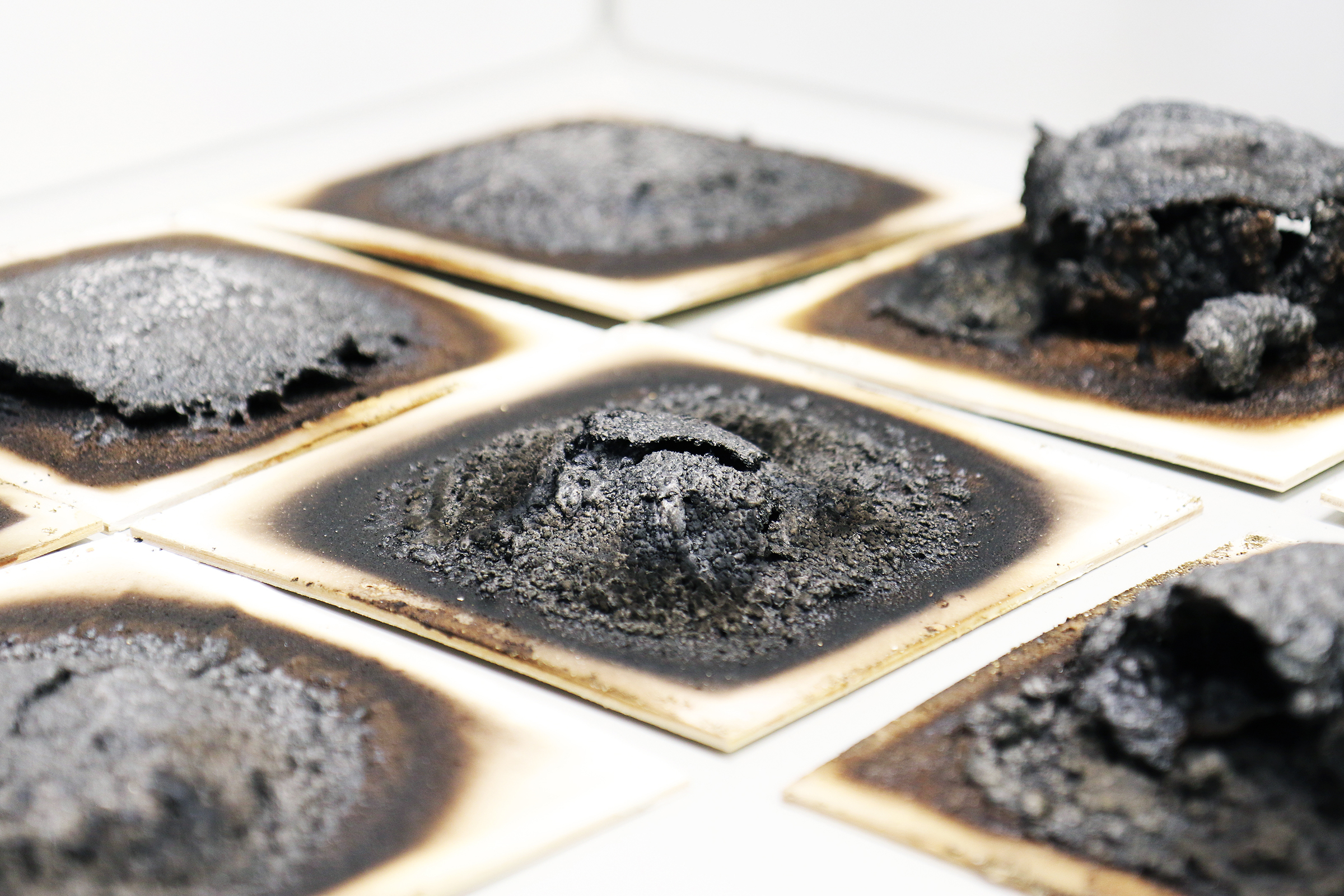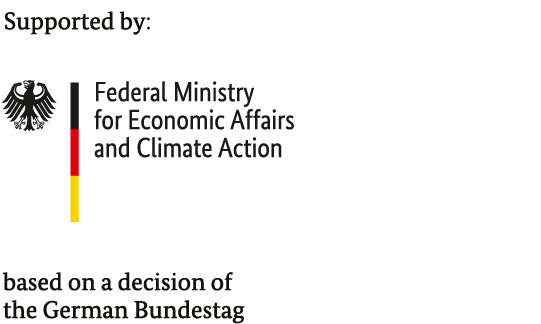Fraunhofer WKI develops environmentally-friendly intumescent flame-retardant solutions for wooden façades
Wood is constantly gaining in importance as a natural and sustainable construction material for buildings. As yet, however, no satisfactory fire-protection solution exists for wood in exterior applications. A lack of flame retardancy is an exclusion criterion for wooden components in tall or large-scale buildings, unless an expensive and time-consuming approval is applied for in individual cases. In collaboration with project partner German Textile Research Center North-West (DTNW), researchers at the Fraunhofer WKI have developed an environmentally-friendly flame-retardant coating for wood surfaces which are exposed to the elements.

The utilization of wood in the construction sector is important, as wood is a renewable raw material that promotes energy efficiency and stores CO2. Furthermore, wood offers aesthetic advantages and is versatile, making it an attractive material for a range of building projects. “With our research project, we are providing a contribution towards the increased use of wooden façades and other exterior components made from wood in the construction industry - for example in high-rise buildings, schools or hospitals,” explained Dr. Torsten Kolb, Project Manager at the Fraunhofer WKI.
In previous research work carried out by the Fraunhofer WKI and the DTNW, intumescent coatings (insulating-layer formers) were developed for wood and other cellulose-containing materials that are suitable for indoor use. These coatings have the disadvantage that they cannot be utilized outdoors due to weather influences (rain, sun). Although a number of flame-retardant solutions for outdoor applications are available on the market, they can only be used in combination with a top coat. This has the disadvantage that an additional, cost-intensive work step is always necessary in order to protect wooden exterior façades against fire.
Building on the knowledge already gained, in this project the researchers investigated the question as to whether it is possible to produce a fire-protection coating for exterior wood on the basis of water-soluble nitrogen-phosphorus silanes (N-P silanes) or cyclophosphazenes (CPZs).
Various flame retardants were synthesized at the DTNW and then formulated into an intumescent coating at the Fraunhofer WKI. “The work we have carried out shows that one of the synthesized flame retardants, which was incorporated into an intumescent coating using the sol-gel process, exhibits good flame-retardant properties and is also simultaneously weather-resistant. For the production of the sol-gel solutions, the respective silane precursors were dissolved in a water-ethanol mixture, whereby a target concentration of 25 wt% was pursued,” reported Dr. Kolb.
The researchers identified four promising formulations. These were utilized for tests performed in a fire shaft, in a cone calorimeter, and under natural weathering conditions. Two of the coatings consisted of a classic intumescent mixture and a binder. The other two formulations additionally contained the newly synthesized flame retardants. One formulation containing the synthesized flame retardant continued to exhibit very good coating properties even after 12 months of outdoor weathering. Furthermore, the investigation of non-weathered samples in the fire shaft proved the low flammability of the coating. Through investigations in the cone calorimeter and subsequent simulation of the results using the ConeTools program, the researchers were able to predict that this coating could initially attain Building Material Class B in the SBI test rig, and Building Material Class C following weathering.
This result means that visible timber construction can be promoted in the higher building classes. According to Section 28 (3) of the Model Building Regulation of 2002, the surfaces of external walls in Building Classes 4 and 5 must be flame-retardant. This applies to tall and/or large buildings such as apartment buildings, office buildings, hospitals or schools. Smaller special constructions, such as daycare facilities for children, are also often subject to high fire-protection requirements.
The results of the research project present an opportunity both for medium-sized companies in the coatings industry and for companies in the timber-construction sector. With appropriate further development of the efficiency of the flame-retardant coatings for exterior applications, these developed systems can be brought to market. As a result, the utilization of wood in the higher building classes would become possible. This would open up a new market segment, both nationally and internationally, for SMEs from the above-mentioned sectors and would sustainably enhance their ability to compete with foreign trade rivals.
Last modified:
 Fraunhofer Institute for Wood Research
Fraunhofer Institute for Wood Research 